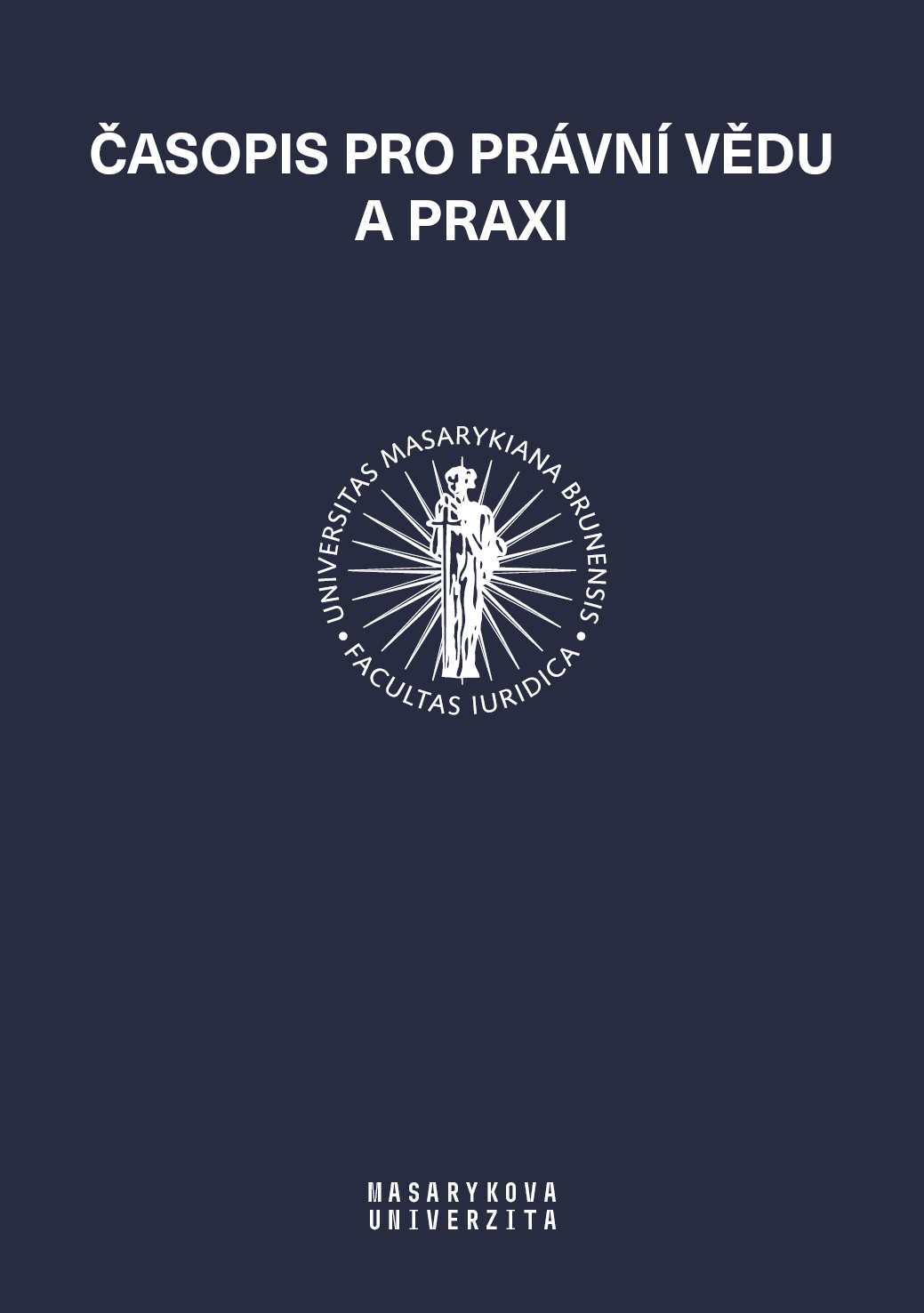Vývoj konceptu nepřímé diskriminace ve Spojených státech amerických
The Evolution of the Concept of Indirect Discrimination in the United States of America
Author(s): Tereza SkarkováSubject(s): Constitutional Law, International Law
Published by: Masarykova univerzita nakladatelství
Keywords: indirect discrimination; United States of America; history;
Summary/Abstract: The main purpose of this article is to present a basic overview of the history and current state of the concept of indirect discrimination, or disparate impact, in its birthplace, the United States of America. The article briefly covers all areas of law in which the concept is currently applicable, while it more closely focuses on Title VII of the Civil Rights Act of 1964 as it is in the context of employment law where the doctrine originated. The principal role was, and remains to be, that of the Supreme Court of the United States which in Griggs v. Duke Power (1971) interpreted the Act to proscribe not only overt discrimination but also practices that are fair in form, but discriminatory in operation. The test formulated by the Court, which also served as an inspiration for its European counterparts, was however weakened by the Court itself in subsequent years. Most importantly, the concept of disparate impact as perceived in the U. S. nowaydays is not applicable in the context of the Equal Protection Clause. It is therefore still necessary to prove intent in order to find discrimination under this part of the Fourteenth Amendment to the United States Constitution. The burden and standard of proof have also changed considerably over time. The burden of persuasion now lies with the employee even after finding prima facie case, and the standard of proof for the employer shifted from business necessity to mere business justification. How far will the conservative Court go in its case law, or if the Congress steps in again as it did in the case of the Civil Rights Act of 1991 remains to be seen.
Journal: Časopis pro právní vědu a praxi
- Issue Year: 21/2013
- Issue No: 3
- Page Range: 358-364
- Page Count: 7
- Language: Czech

